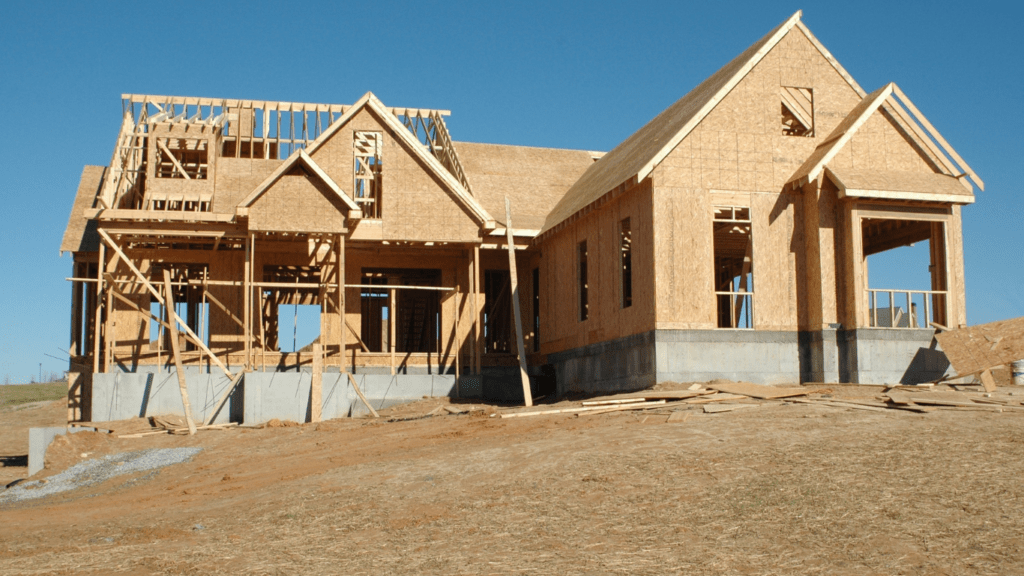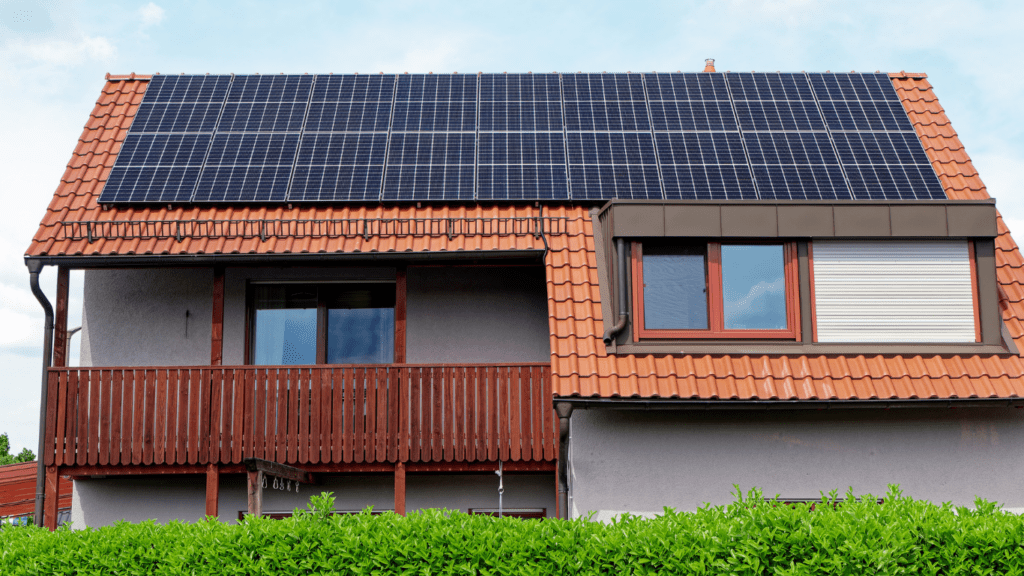The Evolution of Home Building
Modern home building has come a long way from traditional methods. Technological advancements have significantly improved construction efficiency and durability. 3D printing tops the innovations list, revolutionizing how we conceive and build homes. This technique not only reduces construction time but also minimizes waste. For example, a 3D-printed house can be completed in under 48 hours, contrasting the several months required by conventional methods.
Smart materials are another game-changer. These materials, which adapt to changes in the environment, play a significant role in energy efficiency. For instance, phase-change materials (PCMs) store and release thermal energy, helping regulate indoor temperatures. As a result, homes built with PCMs consume less energy, leading to lower electricity bills and a smaller carbon footprint.
The integration of Internet of Things (IoT) in home construction introduces a new level of connectivity and automation. Smart home systems, like automated lighting and climate control, are now embedded during the building process. This integration offers homeowners an unprecedented level of control and convenience, making our living spaces more responsive and sustainable.
Sustainable building practices are also transforming the industry. Builders are increasingly using renewable resources, such as bamboo and reclaimed wood, which are both eco-friendly and durable. Incorporating these materials reduces deforestation and carbon emissions associated with traditional building supplies.
In short, the evolution of home building showcases a remarkable shift towards efficiency, sustainability, and innovation. These advancements promise to redefine our living environments, making them more adaptable to our changing needs and more conscious of their environmental impact.
Modern Construction Techniques
Modern construction techniques revolutionize the way homes are built, enhancing speed, sustainability, and resilience. Let’s dive into some key methods shaping the future of home building.
Prefabrication
Prefabrication involves manufacturing building components off-site before assembling them on location. This method increases efficiency and precision. By producing elements in controlled environments, prefabrication reduces construction time and waste. Firms like Katerra use this technique to deliver high-quality homes quicker and with fewer on-site errors.
3D Printing
3D printing enables the creation of entire building structures using layers of material. This innovation drastically cuts down construction time and reduces material waste. For example, companies like ICON can construct homes in less than 48 hours using large-scale 3D printers. This method also allows for intricate designs and customization, offering unique housing solutions.
Modular Construction
Modular construction assembles homes from pre-made modules, each complete with walls, floors, and ceilings. These modules are manufactured in a factory and then transported to the building site for assembly. This technique enhances construction speed and quality control. An example is Boxabl, which builds factory-manufactured modules that can be assembled into a finished home in mere days.
These modern techniques are set to redefine home building, emphasizing efficiency and sustainability.
Sustainable Building Innovations

I see a significant shift towards sustainability in the construction industry. New methods and materials make buildings greener and more efficient.
Green Materials
Green materials lead the way in sustainable building. Builders use resources like bamboo and reclaimed wood, reducing deforestation and carbon emissions. Bamboo grows rapidly, making it a renewable option with high strength comparable to steel. Reclaimed wood, sourced from old structures, minimizes waste and adds unique character to homes. Insulation from recycled plastic bottles and bricks made from recycled waste also promote environmental conservation.
Energy-Efficient Designs
Energy-efficient designs enhance sustainability. Homes now integrate features like:
- passive solar heating
- high-efficiency windows
- advanced insulation
Passive solar heating uses building orientation and materials to absorb and distribute solar energy, reducing reliance on artificial heating. High-efficiency windows with multiple panes and gas fills cut energy loss, while advanced insulation maintains indoor temperature, lowering energy costs.
Water Conservation Technologies
- Water conservation is crucial in sustainable building.
- Technologies like low-flow fixtures, greywater systems, and rainwater harvesting reduce water usage.
- Low-flow fixtures, including faucets and showerheads, use less water without sacrificing performance.
- Greywater systems treat and reuse wastewater from sinks and showers for irrigation, cutting overall water consumption.
- Rainwater harvesting systems collect and store rainwater for household use, further conserving water resources.
Smart Home Integration
Smart home integration represents a pivotal shift in how we interact with our living spaces. This technological leap brings unparalleled convenience, efficiency, and connectivity to modern homes, enhancing their functionality and user experience.
IoT Devices
IoT devices have become integral to smart homes by connecting various household items to the internet for seamless control. Smart thermostats, like Nest, enable precise adjustments to heating and cooling systems, optimizing energy use. Security cameras, such as Ring, provide real-time surveillance and notifications, improving home safety. Smart lights, like Philips Hue, offer customizable lighting options controlled via smartphones. These innovations bring us closer to fully automated living environments that adapt to our needs.
Home Automation Systems
Home automation systems centralize the control of IoT devices, creating cohesive and intelligent environments. Platforms like Amazon Alexa and Google Home integrate with various smart appliances, allowing voice commands for hands-free operation. Smart locks, like August Smart Lock, grant remote access control and monitor entry points. Automated irrigation systems, like Rachio, manage watering schedules based on weather data, conserving water and maintaining landscaping. These systems provide personalized and efficient management of home resources, enhancing comfort and sustainability.



 Harry Marriott – Lead Interior Stylist
Harry Marriott is Castle Shelf House’s Lead Interior Stylist, known for his keen eye for detail and expertise in modern and classic home designs. With a background in interior architecture, Harry brings innovative styling solutions to the forefront, ensuring that each home reflects a unique personality. His approach to furniture placement and design trends helps clients create harmonious living spaces that combine aesthetics with functionality.
Harry Marriott – Lead Interior Stylist
Harry Marriott is Castle Shelf House’s Lead Interior Stylist, known for his keen eye for detail and expertise in modern and classic home designs. With a background in interior architecture, Harry brings innovative styling solutions to the forefront, ensuring that each home reflects a unique personality. His approach to furniture placement and design trends helps clients create harmonious living spaces that combine aesthetics with functionality.
